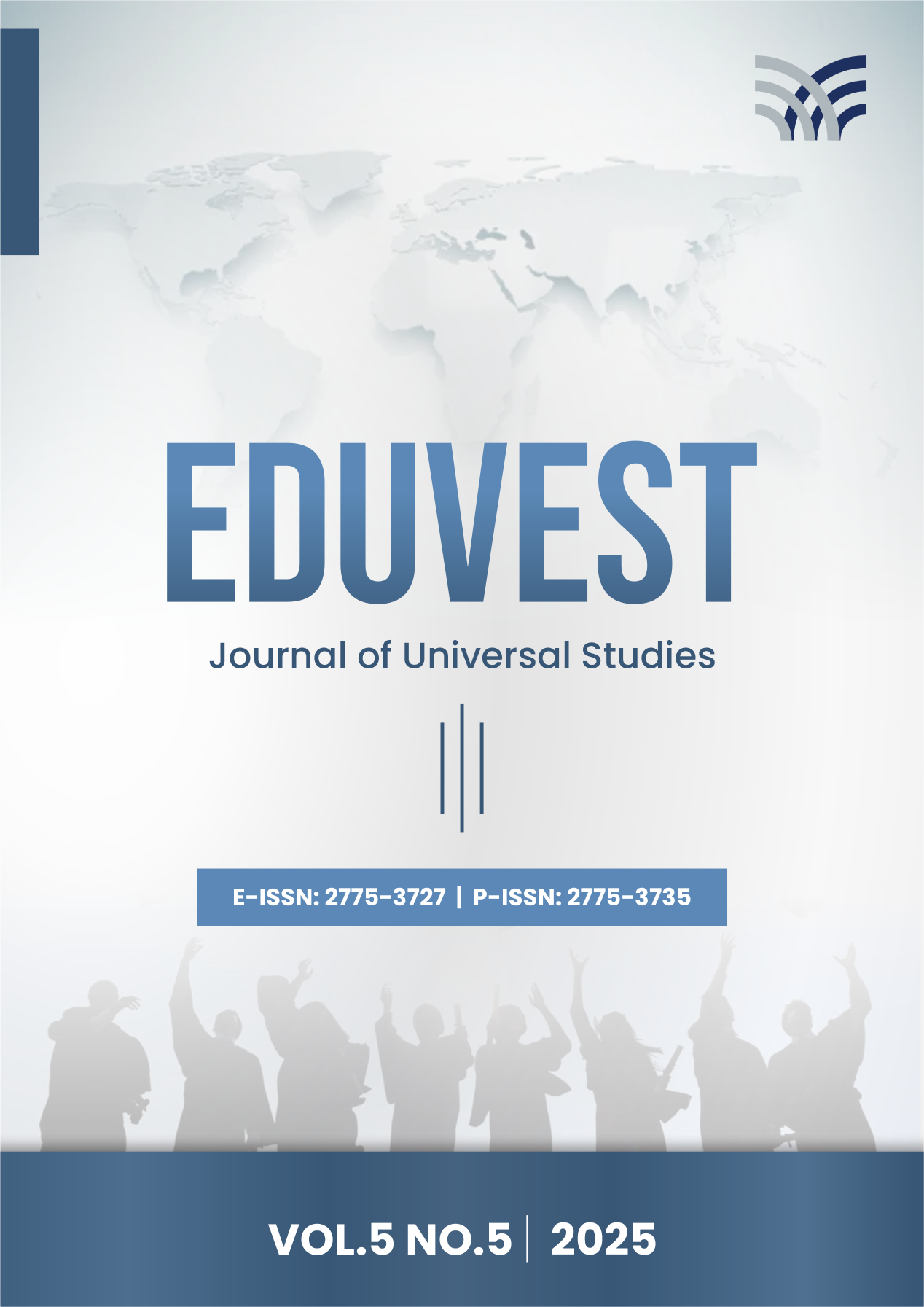Push-Pull Dynamics in Afghan Illegal Migration and Returnee Reintegration
DOI:
https://doi.org/10.59188/eduvest.v5i5.51164Keywords:
Afghan migration, forced return, push-pull factors, reintegration, irregular migration, policy implicationsAbstract
This study explores the complex push and pull factors driving illegal migration from Afghanistan and the reintegration challenges faced by returnees. While extensive literature addresses Afghan migration, there remains a significant research gap concerning how forced returnees navigate reintegration amid structural constraints and socio-political instability. Using a qualitative case study approach, this research draws on in-depth interviews with 45 returnees and key informants in Nangarhar province. Findings indicate that economic hardship, insecurity, and weak state capacity are primary push factors, while the illusion of opportunity and established diaspora networks act as pull factors. Reintegration is hindered by limited institutional support, lack of livelihood opportunities, and social stigmatization. This study contributes to the migration literature by elucidating how macro-structural and micro-level conditions intersect in shaping the migration-reintegration continuum. Policy implications include the need for tailored reintegration programs, locally grounded support structures, and bilateral cooperation to manage irregular migration flows. This study addresses the lack of empirical focus on the reintegration trajectories of forced Afghan returnees under illegal migration frameworks. Findings offer actionable insights for designing reintegration policies that are context-sensitive and sustainable.
Downloads
Published
How to Cite
Issue
Section
License
Copyright (c) 2025 Fayaz Gul Mazloum Yar, Ebadullah Amir

This work is licensed under a Creative Commons Attribution-ShareAlike 4.0 International License.











